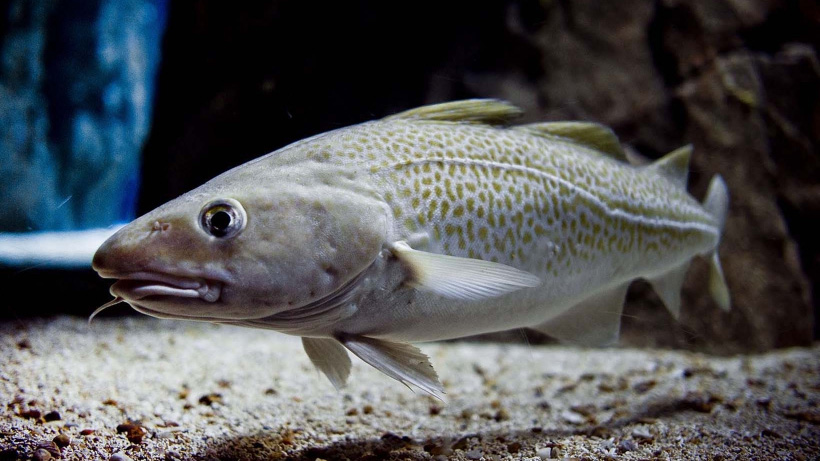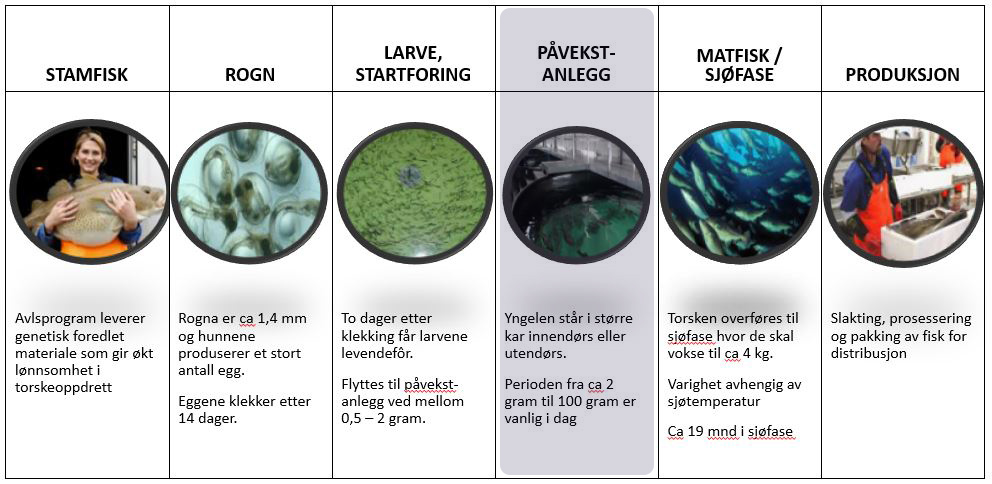Business areas
Cod Facts
- Latin name: Gadus Morhua
- Family: Gadinae
- Max. size: 47 kg, up to 20 years old
- Habitat: North-east Atlantic
- Spawning grounds: Coast of Norway for coastal cod; Lofoten for winter cod
- Spawning period: Around March
- Other: Cod in Norway can be roughly classified into three groups; Coastal cod north of and south of 62 degrees latitude, and winter cod. Coastal cod lives and spawns locally, while winter cod grows and lives in the Barents Sea and spawns in Lofoten, Vesterålen and Møre.
Hatchery production of cod at Tjeldbergodden
Lumarine wants to facilitate set production of cod at Tjeldbergodden. A unique plant with a competitive advantage through its access to waste heat from Equinor's methanol plant.
The cod industry is growing strongly, although it is still in the early development phase. The capacity of juvenile fish is one of the bottlenecks the cod farmers now face when they have to scale up from experimental operation to commercial quantity.
Lumarine wants to take on this role towards the industry by facilitating hatchery capacity at Tjeldbergodden in line with the industry's needs. This means concretely establishing new growth capacity that is filled with cod fry from own production and / or in collaboration with other fry suppliers.
Facts about cleaner fish
Lice problems are estimated to cost the fish farming industry approx. NOK 5 billion every year (2017 figures). Lice prevention and treatment after the lice have infested the salmon are therefore an important part of operations for salmon farming. There are many different methods used to fight salmon lice, none of which is currently 100% efficient.
Cleaner fish are fish used in fish farms to combat salmon lice. The lice attach to the salmon and eat the salmon skin and blood. This can cause large wounds and an increased probability of disease and fish mortality. Correct use of cleaner fish can be an efficient method of keeping salmon lice numbers down. In Norway, the most common species of cleaner fish used are lumpfish and different species of wrasse such as ballan wrasse, corkwing wrasse, rock cook and cuckoo wrasse.

